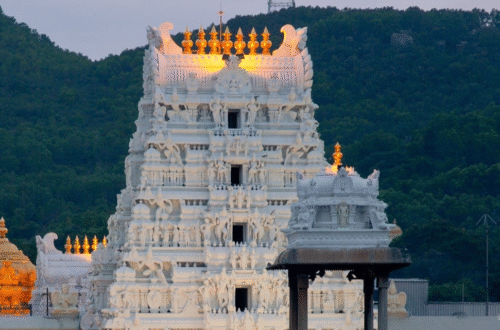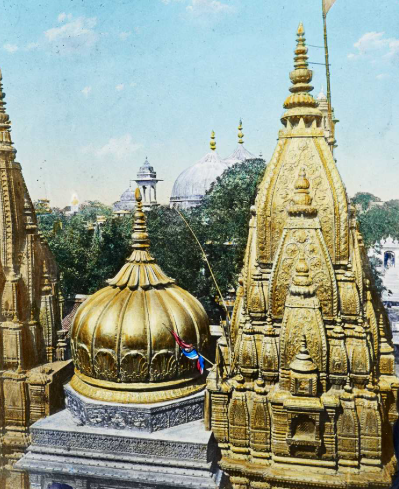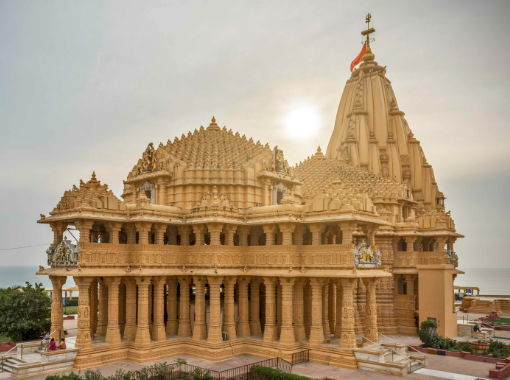The Golden Temple History, also known as Harmandir Sahib, is one of the most sacred places in the world. It is located in Amritsar, Punjab, India. The temple is a symbol of peace, equality, and devotion. Every year, millions of people visit the Golden Temple to experience its beauty and spirituality.
The Golden Temple History
The Golden Temple was founded by Guru Ram Das, the fourth Sikh Guru, in 1581. It was Guru Arjan Dev, the fifth Sikh Guru, who completed the temple in 1604. Guru Arjan Dev also placed the Adi Granth, the holy scripture of Sikhism, inside the temple.
Over the years, the temple has gone through several reconstructions and renovations. It has been attacked and rebuilt many times. Despite these challenges, the Golden Temple has stood as a beacon of faith and strength for Sikhs and people of all religions.
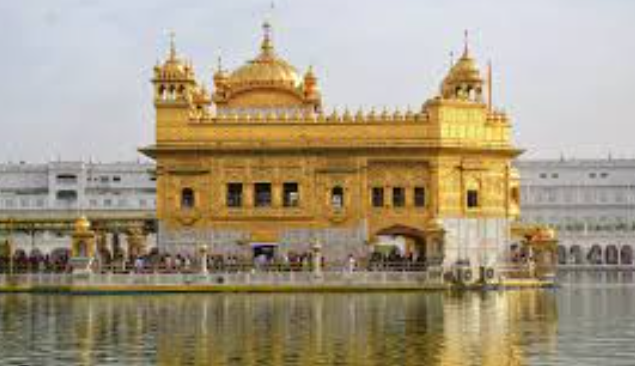
Location of the Golden Temple History
Golden Temple History is located in the city of Amritsar, in Punjab, India. Amritsar is a bustling city with a rich history, and the temple sits at its heart. The temple is surrounded by a large artificial pool called the Amrit Sarovar, which means “Pool of Nectar.” This pool gives the temple a serene and peaceful atmosphere.
Architecture of the Golden Temple
The architecture of the Golden Temple is truly unique. It combines Hindu and Islamic styles, making it stand out among other temples. The temple has a stunning golden dome, which is its most iconic feature. The gold-plated exterior shines in the sunlight, making the temple look beautiful from a distance.
The Layout and Design of Golden Temple
The Golden Temple has a two-story structure. The ground floor is a prayer hall, and the upper floor has the golden dome. The building is made of white marble and gold. The temple is built on a raised platform in the center of the Amrit Sarovar. Golden Temple History.
The temple’s design is meant to show that people from all walks of life are welcome. There are four doors on the temple, symbolizing openness to everyone, no matter their background or faith.
The Surrounding Courtyard
The temple is surrounded by a large, open courtyard. The floors of the courtyard are made of white marble, giving the area a calm and inviting feel. Pilgrims walk around the temple while chanting prayers. This area is peaceful and helps visitors feel connected to the divine.
The Pond of the Golden Temple
One of the most unique features of the Golden Temple is the pond that surrounds it. This pond is called the Amrit Sarovar, or Pool of Nectar. It is a place of deep spiritual significance and is believed to have healing powers.
The Significance of the Pond
The water in the Amrit Sarovar is considered holy. Many pilgrims visit the temple to bathe in its waters. They believe that bathing in the pond purifies the body and soul. The water is said to wash away sins and bring peace to the mind.
The History of the Hot Water
The water in the Amrit Sarovar is famous for being warm, especially in colder months. This warm water has attracted a lot of attention over the years. Some believe that the warm water has healing properties.
The exact cause of the warmth remains a mystery. Some think it is due to underground hot springs or natural geothermal activity. Whatever the reason, the warm water is considered a special blessing for those who visit the temple.
The Healing Power of the Pond
Many people come to the Golden Temple to experience the healing properties of the Amrit Sarovar. The warm water is believed to help with physical ailments and mental stress. Sikhs and visitors from other religions alike believe that a dip in the pond brings both physical and spiritual healing.
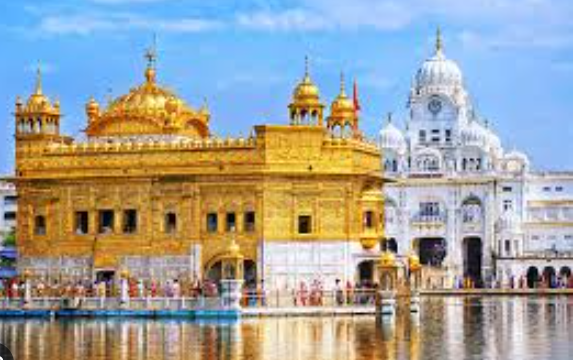
The Spiritual Importance of the Golden Temple
The Golden Temple is not just a place of worship; it is also a symbol of equality, humility, and community. It represents the teachings of Guru Nanak, the founder of Sikhism, who emphasized the importance of treating everyone equally and selflessly serving others.
Every day, thousands of people from all over the world visit the Golden Temple to pray, meditate, and reflect. The temple is open to all, regardless of their religion or background. The Golden Temple teaches us the value of unity, peace, and devotion. Read More
The Langar: A Place for Everyone
One of the most beautiful aspects of the Golden Temple is its Langar, a free community kitchen. The Langar serves meals to anyone who visits, regardless of their background or social status. This tradition was started by Guru Nanak and continues today.
The Langar serves simple but nutritious food, and millions of people eat there every year. It is a wonderful example of the Sikh value of selfless service. Everyone, regardless of their religion, can sit together and share a meal in the Langar, promoting harmony and unity.
Conclusion
The Golden Temple is much more than just a place of worship. It is a symbol of spiritual strength, peace, and unity. The history, architecture, and the healing properties of the Amrit Sarovar make it a remarkable place for people to visit.
Every element of the Golden Temple, from its warm waters to its welcoming design, encourages visitors to reflect, pray, and connect with the divine. It is a testament to the timeless message of equality, humility, and service that Guru Nanak and the Sikh Gurus have passed down through generations. The Golden Temple remains a beacon of hope and spirituality, drawing people from all over the world. Read More
